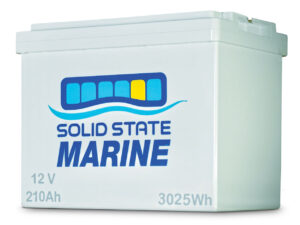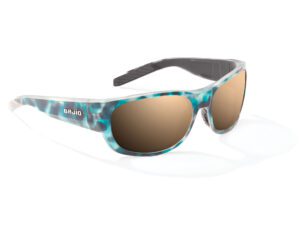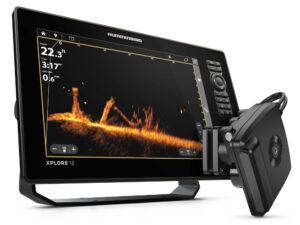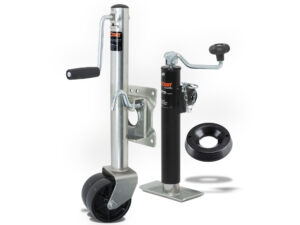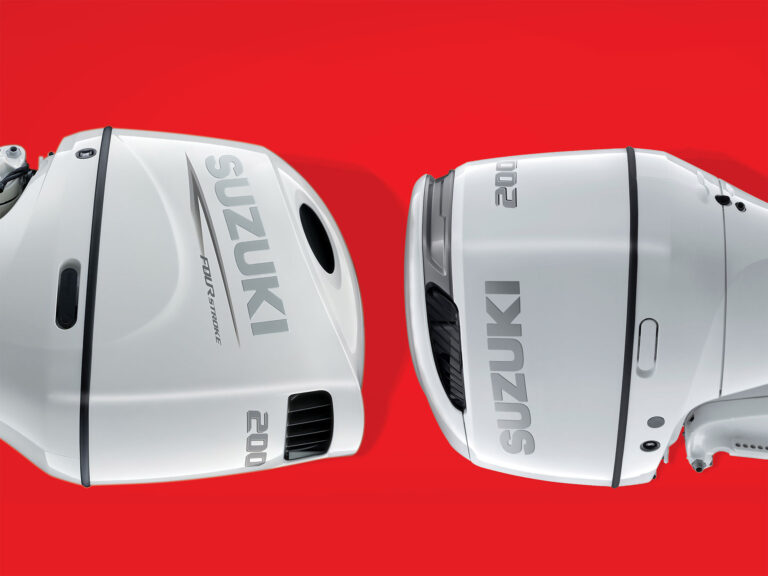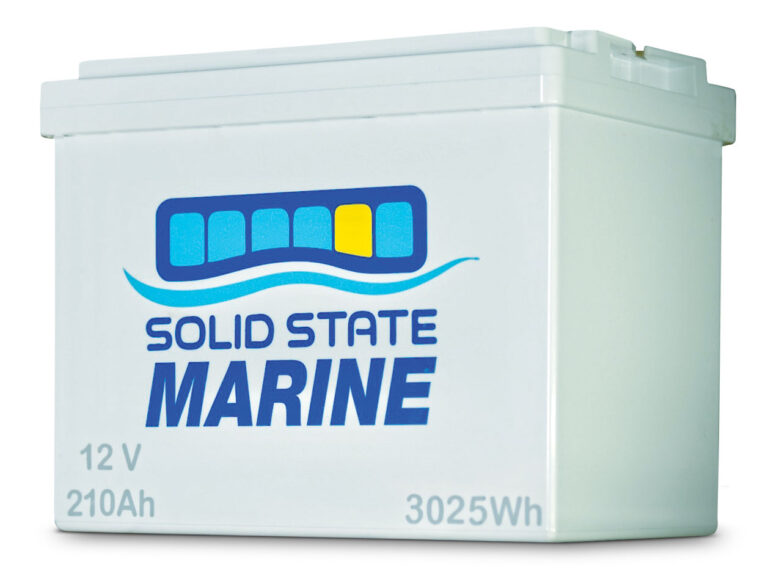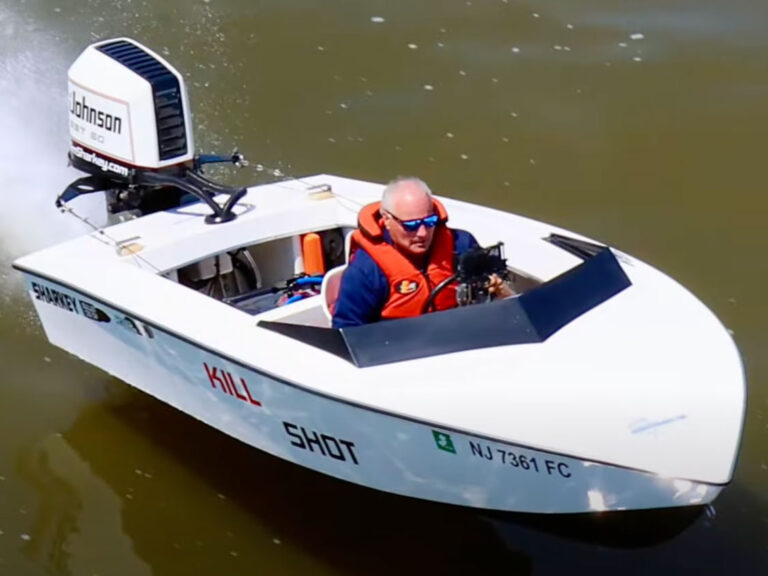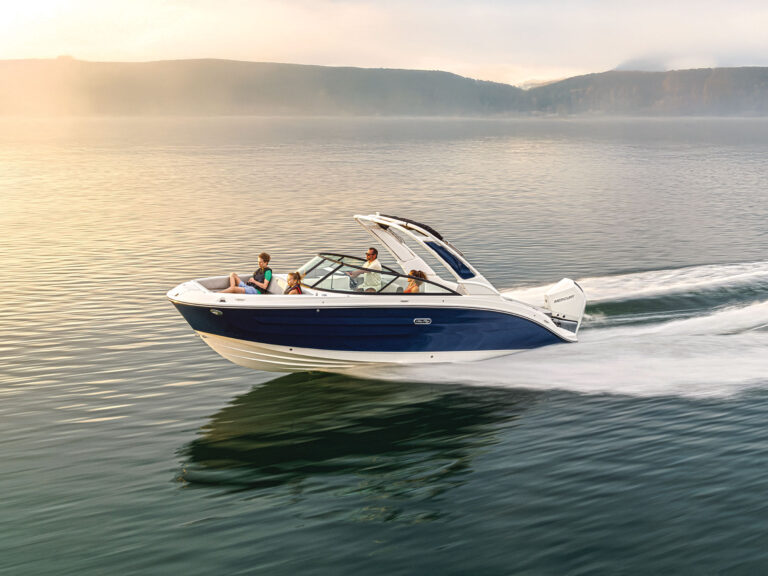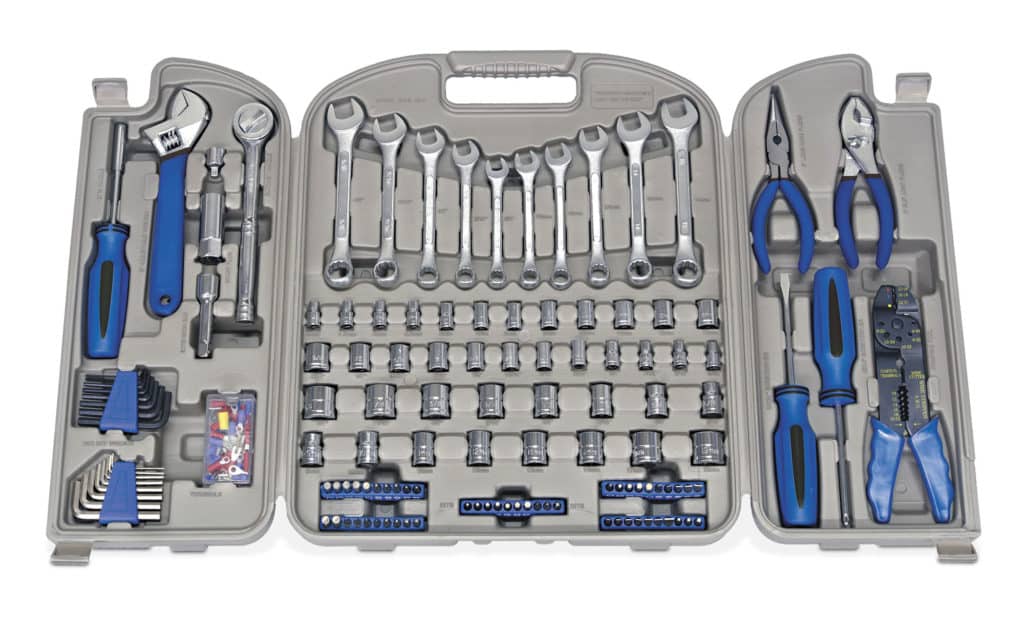
Whether you boat year-round or have just launched your boat for the first time this season, you’ll want to have a toolbox on hand for any of the technical glitches or maintenance hiccups that pop up. A comprehensive toolbox such as West Marine’s Shipyard Tool Kit covers most bases, including essentials such as pliers, a full ratchet set, spark-plug socket, crimpers and -cutters, screwdrivers, and electrical terminals, among others. Just make sure you supplement it with other essential tools listed below, and keep them all handy on your boat for any minor or major fixes that arise.
WIRE CRIMPERS
Quality wire crimpers are a necessity for stripping wire insulation and for crimping the exposed wire during any electrical repair on board. While a toolkit like the Shipyard set comes with standard crimpers, consider upgrading to a higher- quality crimper such as the Ancor Stainless-Steel Cut/Strip/Crimp tool ($31, amazon.com) for a better crimp.
HEADLAMP
When you need to make repairs in a dank, unlit engine compartment, it helps to be able to shine a little light on the situation. How are you going to hold a flashlight and use your tools at the same time? Invest in a hands-free headlamp. You can get an inexpensive one at almost any outdoor retailer, but we suggest upgrading to a more powerful one to shine in those dark corners of your bilge. You can find a range at Bass Pro Shops, including this Princeton Vizz 420 headlamp ($4.99, basspro.com) that emits 420 lumens.
CUTTERS
Most toolboxes include a pair of cutting pliers, but if you need to cut a hose or part of the fuel line, you’ll want a stronger tool such as a Lisle Hose Cutter ($27.45, lislecorp.com). It has a reversible stainless-steel blade and can cut hose up to 1¼ inches. In a pinch, you can also cut hose with the serrated knife found in most multitools. (We’ve done it countless times to connect fuel-flow gear.)
VOLT OHMMETER
If your electronics or electric appliances aren’t working properly, they may not be drawing enough current from your battery. Use a volt ohmmeter, aka multimeter, to hunt for a current leak or a short. For the average boater, an inexpensive one such as this Extech MN36 ($40, extech.com) should do the trick.
FILTER WRENCH
Canister-style fuel and oil filters are notoriously hard to unscrew from their mounts. Also known as a strap wrench, a filter wrench fits around a filter’s canister to apply enough torque to loosen the filter.
NUT DRIVER
Nut drivers are easier to use than screwdrivers when working in an engine compartment, particularly on hard-to-reach hose clamps. Keep a set of different sizes on board to handle different screws and bolts.
TORQUE WRENCH
Certain bolts on your boat, particularly those on your engine, have to be tightened to exact specifications. This can only be accomplished by using a torque wrench. You can find the proper size from Presa for anywhere from $16 to $25 on amazon.com.
FLOATING PROP WRENCH
At some point in your boating career, you’re going to hit bottom and ding the prop or spin its hub. If you have to do an on-water change—yes, you should carry a spare prop with you—you’re going to appreciate a floating prop wrench such as the one shown below from Piranha ($20, piranha.com). You can also find color-coded ones from Mercury Marine, like many our staff use, at westmarine.com.

